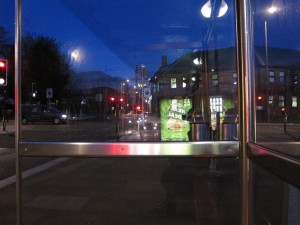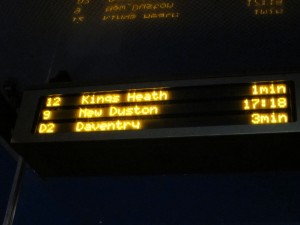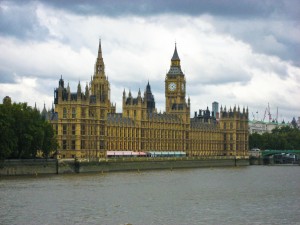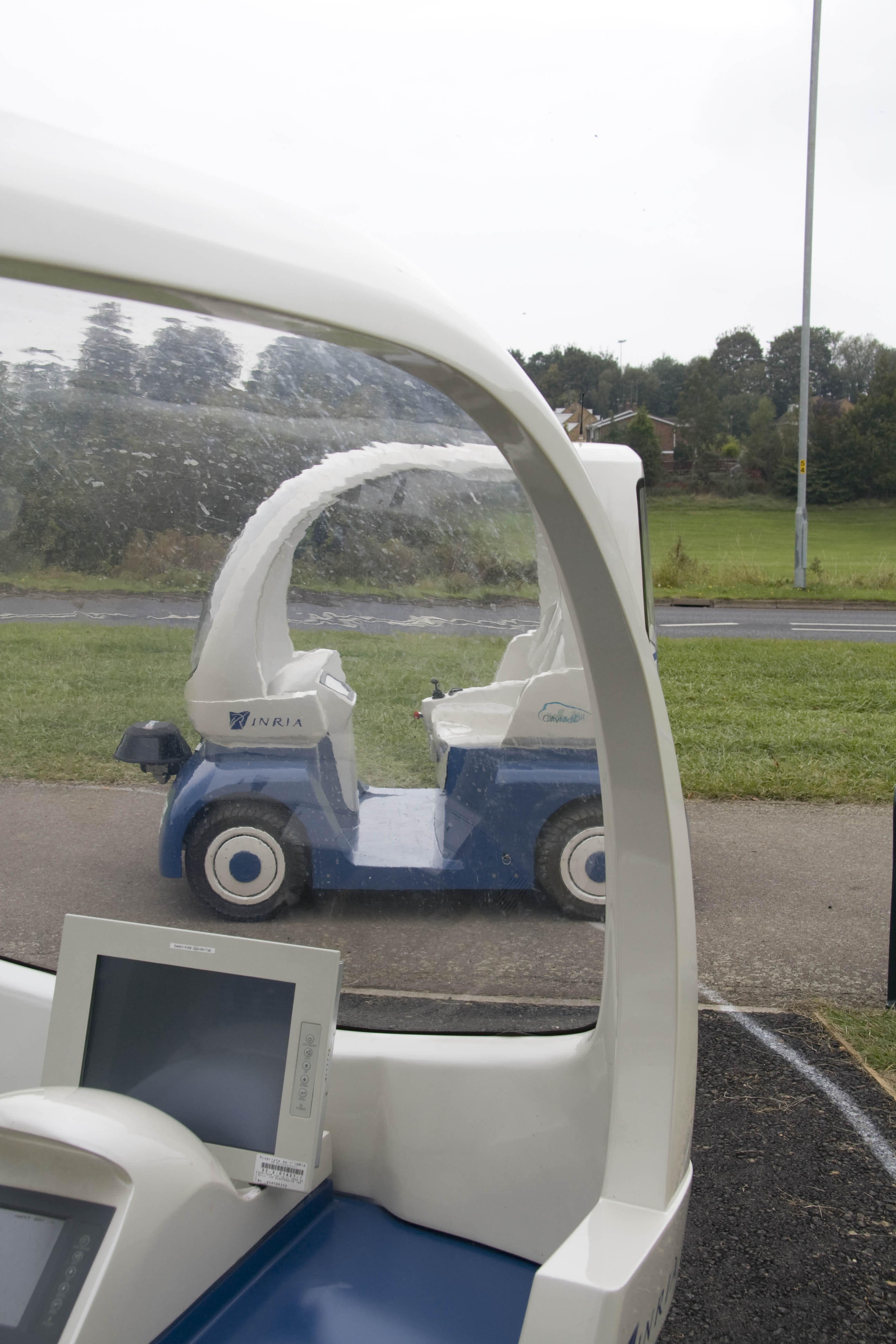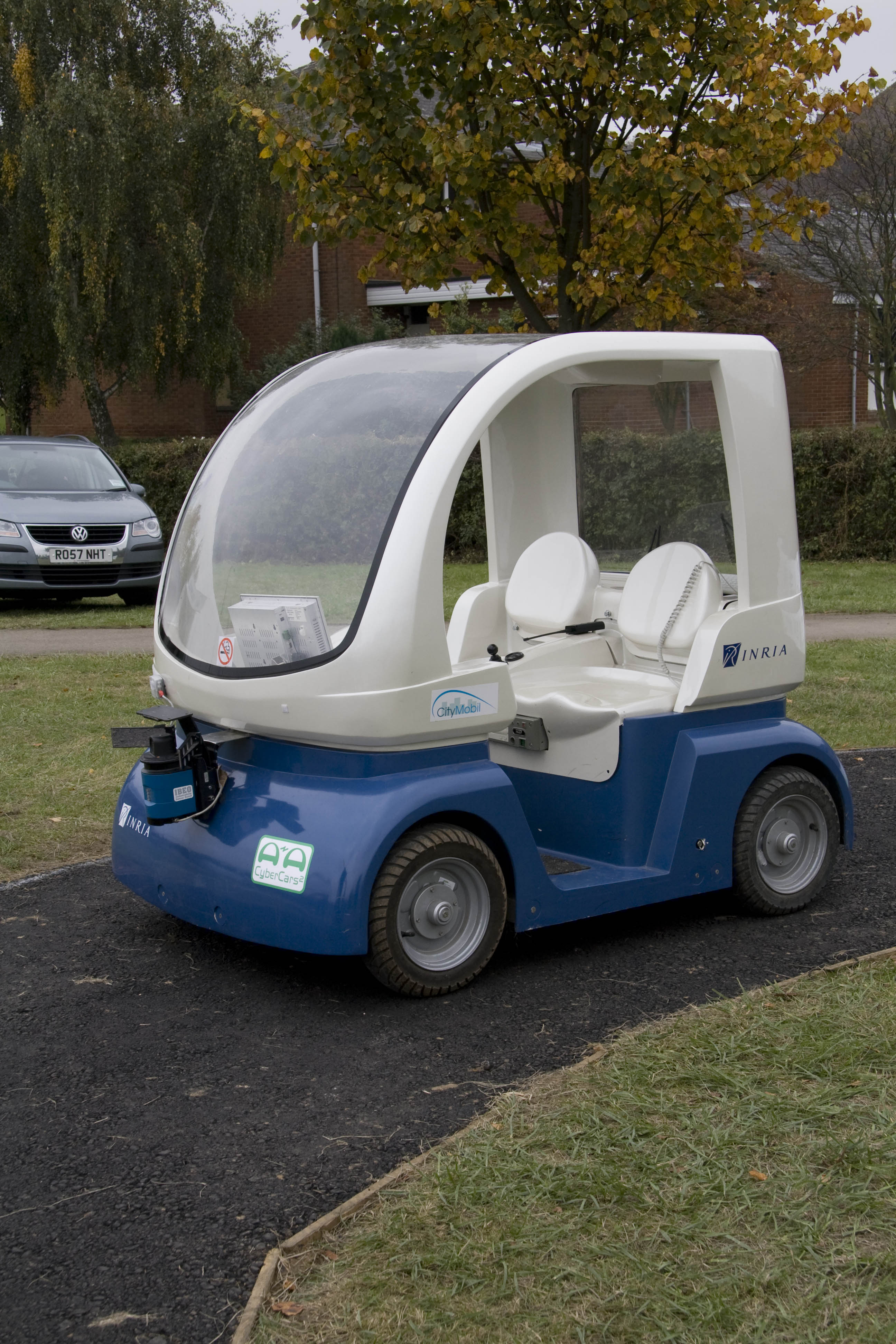The World Health Organisation recently released figures showing that worldwide there are 7 million deaths each year due to indoor and outdoor pollution (almost split 50/50). The same report states that ‘9 out of 10 people breathe air containing high levels of pollutants’ with women, children and those working outdoors being the worst affected.
The main cause of outdoor air pollution in urban areas is the burning of fossil fuels, whereas in rural areas it is the use of fertilisers and other agrochemicals. The increase in air pollution also puts a burden on the health services; with air pollution linked to stroke, cancer, heart disease, breathing difficulties and possible brain diseases such as Alzheimers.
The main urban air pollutants of concern are NOx and PM2.5 (PM standing for particulate matter). Not too many years ago, diesel cars used to throw out black soot from the exhaust. Now, the particles are too small to see, which means they can get past the body’s barriers and make it further down into the lungs. The fact that the particles are often covered in chemicals and might have metals adsorbed onto them can also promote an immune response, and lead to heart attacks and strokes. The small size of the particles also allows them to cross the barrier into the brain, suggesting a possible link with degenerative brain diseases such as Alzheimers.
Within most towns and cities there will be some level of pollution monitoring, whether it is published or not is a different matter. Although, in the UK the main focus is London, as the headlines show, nearly all of us are breathing health threatening levels of major pollutants. In Northampton, the Green Party recently measured the air pollution across the town and found levels of NOx above legal limits right outside the General Hospital. In 2016 the Royal College of Physicians released a report stating that there are 40,000 excess deaths each year in the UK due to air pollution. In addition it causes 6 million sick days a year and has a social cost of £22.6 billion.
You would think that with the overwhelming evidence collected concerning the health impacts of air pollution the governments around the world would be making a big effort to cut pollution. Not so, particularly not in the EU. Whilst there have been some noticeable changes; e.g. congestion charges in London, in the main there has been little movement. Indeed, in the UK, the government has spent £500,000 of tax payers money defending its inaction to provide plans to bring levels of pollution down to those specified by the EU – levels that should have been reached by 2010. The government’s latest move has been to leave the issue up to local councils to resolve in their area. Nor do I see the NHS as a whole making big changes. There are some electric vehicles, lots of travel plans, some car share schemes and quite a few members of staff who cycle or walk to work. But within most Trusts the majority of the conversation is about how to find more parking spaces for staff and visitors, not about how to reduce pollution or find innovative solutions to reduce car usage.
There is perhaps some hope on the horizon (although you will need a powerful telescope to see it) with surveys showing that younger people are less likely to want to buy a car, more people are working from home and the increase in the use of electric cars (up by 11% in the UK last year). Statistics also show a slight reduction in the miles travelled, although the number of cars registered keeps on rising – I have a suspicion that a lot more shorter journeys are being undertaken. But with powerful lobbying from fossil fuel companies and car manufacturers, weak promises from governments to ban the sale of fossil fuel cars some time after they are likely to have stopped being made, and very little commitment to invest in public transport (particularly buses, use of which outside London has declined by more than a third in the last 30 years) I am not convinced that much will change any time soon in the UK.
Disclosure: yes I do have a car, I do drive to work and I hate it (my request to work from home 1 day per week was refused).
